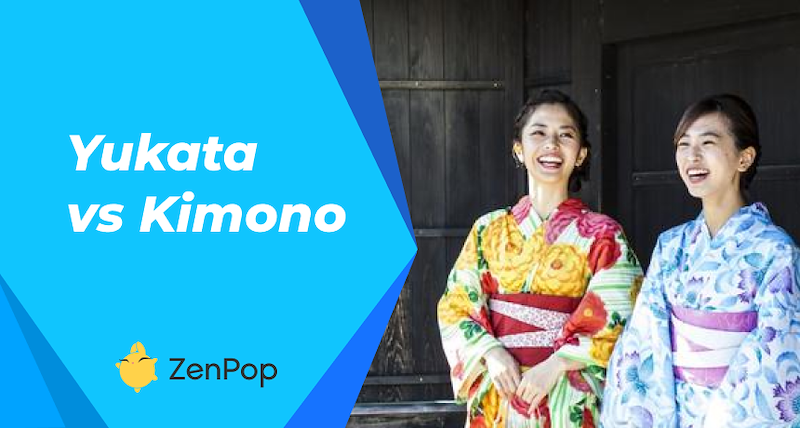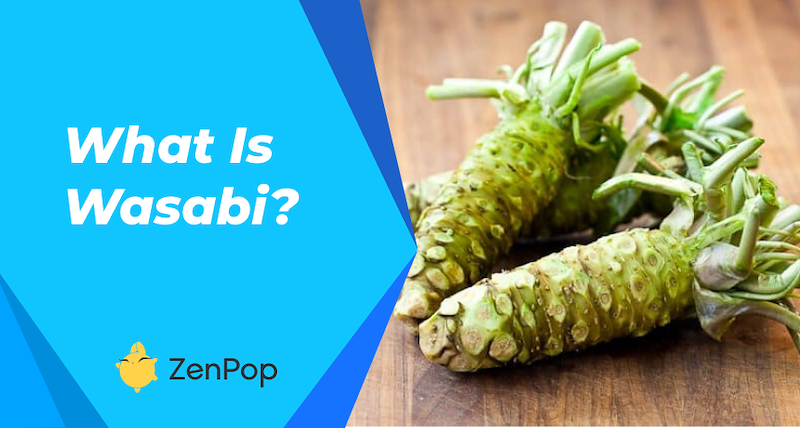
</title><meta name="robots" content="noindex"> What is Wasabi? (and why is so good)
Hey there foodies! Are you a fan of sushi, sashimi or anything Japanese cuisine-related? Then you must have heard of wasabi! This bright green condiment may look like guacamole on steroids, but it’s actually a spicy and pungent paste that can take your taste buds on a wild ride.
But have you ever wondered what exactly wasabi is and where it comes from? Is it just a fancy mustard? And most importantly, can it really clear your sinuses like a nasal spray? Well, you’ve come to the right place! In this blog post, we’re going to delve into the world of wasabi, explore its history, flavor, and health benefits, and maybe even uncover some surprising facts that you never knew about this green superhero. So, buckle up and get ready to spice up your culinary knowledge!
What is Wasabi?
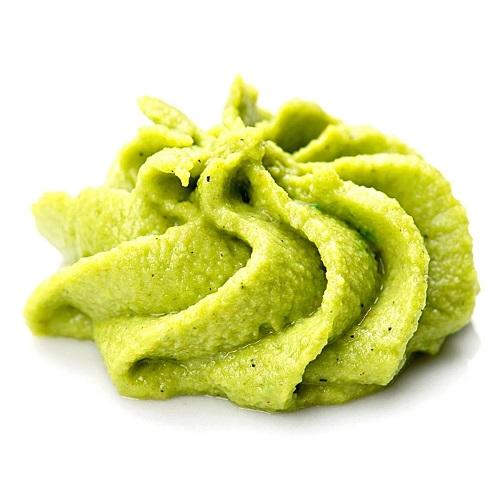
The popular spicy condiment known as Wasabi (Eutrema japonicum), also referred to as Japanese horseradish is a plant of the Brassicaceae family which also includes mustard. It pretty much plays the same role in meals. Wasabi is used in Japanese cuisine and is best accompanied by sushi, sashimi, Japanese noodles as well as seafood dishes. The wasabi plant is native to Japan and grows best in cool, shady environments with a lot of water. It is often compared to horseradish but is more complex and subtle in taste.
Wasabi is made from the underground stem part of the plant, which is grated finely to create wasabi paste, this paste is what wasabi is primarily recognized for. It is mostly cultivated in China, Korea, Taiwan, New Zealand, and the United States. In terms of minerals, wasabi is packed with calcium, iron, manganese, magnesium, zinc, phosphorus, and potassium which is very important for a balanced diet. It also contains high levels of vitamins such as Vitamins A, B1, B2, B3, B6, and C, As well as high levels of isothiocyanates – an antioxidant that offers many health advantages.
The History of Wasabi: From Ancient Roots to Modern-Day Uses
It is not exactly clear when wasabi was first cultivated in Japan but records show that it was first used as a medicinal plant rather than for meals. It was also originally called wild ginger in a medical encyclopedia that dates back to 918 A.D in the Nara and Heian Periods. In later times (1596-1615 A.D), the cultivation of the plant spread to the upper reaches of the Abe River in Shizuoka prefecture but only the ruling class used the plant then by order of the Shogun Iieyasu Tokugawa.
Now, although the largest area of wasabi production is the Shimane region, it is also found in Russia's Sakhalin island, north of Hokkaido (the most northern Japanese island) to Kyushu (the southernmost major Japanese island).
What is the difference between real and fake wasabi?
The clues are in the flavor and appearance. Real wasabi paste when grated is never totally smooth. Fake wasabi has potent flavors which overshadow whatever meal is taken with, real wasabi, on the other hand, is more subtle and has a pleasant flavor.
Authentic wasabi is known for its distinctive flavor which is both spicy and sweet along with its complex aroma that is similar to mustard. The spicy flavors found in wasabi are quite different from those found in spicy foods like chili. The active compound in wasabi that gives it its prominent features and flavors is called '"isothiocyanate" (this is a compound normally found in tangy herbs such as onions, and mustard). These compounds are released when the stem of the plant is grated or chewed. When consumed they stimulate the nasal passages to create a strong sensation.
Most wasabi pastes that are sold in a tube found outside Japan are made from a mixture of horseradish, mustard, sweetness, and green food coloring, this is because real wasabi is quite difficult to cultivate. Only a small percentage of real wasabi is added.
Another popular addition to Japanese meals is wakame, a type of seaweed used for salads.
Health Benefits of Wasabi
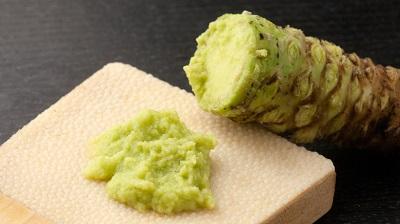
Wasabi is a great addition to your meals not just because of the taste but also because of what it can do for your body. Here are some of the health benefits of Wasabi.
- Anti-inflammatory properties: Wasabi contains compounds known as isothiocyanate. This compound helps to reduce the risk of chronic diseases such as heart disease, cancer, and diabetes.
- Aids digestion: Wasabi may help improve digestion by stimulating the production of digestive enzymes which helps in the promotion of food movement through the digestive system.
- Source of pain relief: The compounds in wasabi may have pain-relieving properties that could be beneficial for those with conditions such as arthritis and other chronic pain conditions.
- Stimulates the brain: studies have shown that ITCs found in wasabi may have neuroprotective effects when consumed, in other words, they are great for slowing down negative impact on the brain cells and help treat osteoporosis and Parkinson's disease. Although this research has only been carried out on animals, further research on humans is needed to confirm this.
How is wasabi best enjoyed?
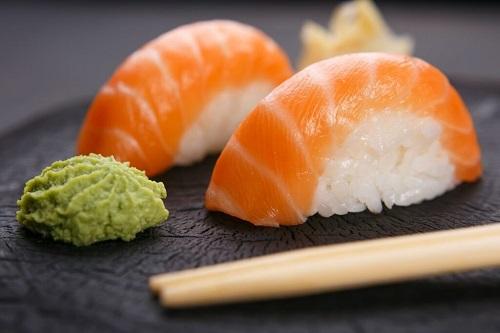
- Wasabi is typically consumed either with sushi, sashimi, and other seafood dishes. However, here are some guidelines on how you can consume wasabi.
- Mix with soy sauce: wasabi can easily be mixed with soy sauce to create a dipping sauce for sushi but be careful not to use too much wasabi as it may overpower the other flavors.
- Use in small quantities: wasabi already has a strong flavor so it's important to use it in small quantities in the order. Excessive consumption can irritate the mouth, nose, and throat, hence moderate consumption is advised.
- Take your time to enjoy the flavor: Wasabi has a complex flavor that is a key component of Japanese cuisine. One should not rush but rather take their time to enjoy the culinary experience.
Don’t be scared to try it with recipes you think it might go with; remember the key is moderation, also Carry out research first to see if incorporating wasabi into your meals would not result in a bad reaction for you.
FAQs
What Color Is Wasabi?
Wasabi has a green color and it adds that greenish tint to foods so it is valued in Japanese cuisine.
What Does Wasabi Taste Like?
Most people would describe wasabi as having a sharp hot taste and a pungent smell. The hotness is not similar to that of chili because it disappears quickly and leaves no burning sensation. In fact, you are left with a mild vegetable taste.
How is Wasabi Paste Made?
Wasabi is popularly known for its paste form, this paste is made by grating the wasabi stem on a special tool called an "oroshi" and then mixing it with a small amount of water to create a thick paste.
Learning about Japanese cuisine is fascinating and we would love you to indulge. That's why you should try out our Japanese snacks. Click here to order a ZenPop snack box from anywhere in the world.
This article was originally written by our freelance writer Umm-Kulthum Abdulkareem and edited by us.


